


 Copyright 2020 Laurel Randolph Photographs 2020 by Rebecca Peloquin All rights reserved. No part of this book may be reproduced in any manner without the express written consent of the publisher, except in the case of brief excerpts in critical reviews or articles. All inquiries should be addressed to Good Books, 307 West 36th Street, 11th Floor, New York, NY 10018. Good Books books may be purchased in bulk at special discounts for sales promotion, corporate gifts, fund-raising, or educational purposes. Special editions can also be created to specifications. For details, contact the Special Sales Department, Good Books, 307 West 36th Street, 11th Floor, New York, NY 10018 or .
Copyright 2020 Laurel Randolph Photographs 2020 by Rebecca Peloquin All rights reserved. No part of this book may be reproduced in any manner without the express written consent of the publisher, except in the case of brief excerpts in critical reviews or articles. All inquiries should be addressed to Good Books, 307 West 36th Street, 11th Floor, New York, NY 10018. Good Books books may be purchased in bulk at special discounts for sales promotion, corporate gifts, fund-raising, or educational purposes. Special editions can also be created to specifications. For details, contact the Special Sales Department, Good Books, 307 West 36th Street, 11th Floor, New York, NY 10018 or .
Good Books is an imprint of Skyhorse Publishing, Inc., a Delaware corporation. Visit our website at www.goodbooks.com 10 9 8 7 6 5 4 3 2 1 Library of Congress Cataloging-in-Publication Data is available on file. Cover design by Daniel Brount Cover photograph by Rebecca Peloquin Print ISBN: 978-1-6809-9590-9 Ebook ISBN: 978-1-6809-9591-6 Printed in China For Betty and Winston, who taught me theres always room for dessert.  Contents Introduction Everyone knows the Instant Pot is fantastic at cranking out soups, whole grains, and tender meat, but what about desserts? Not only can the device make top-notch cheesecakes, but it can make a whole books worth of desserts. This book, in fact. From puddings to cakes to pies to cobblers, you can make all the included sweet treats in an electric pressure cooker with minimal extra equipment.
Contents Introduction Everyone knows the Instant Pot is fantastic at cranking out soups, whole grains, and tender meat, but what about desserts? Not only can the device make top-notch cheesecakes, but it can make a whole books worth of desserts. This book, in fact. From puddings to cakes to pies to cobblers, you can make all the included sweet treats in an electric pressure cooker with minimal extra equipment.
Other than the pure novelty of making a bundt cake in a computerized multi-cooker, there are a few good reasons for cooking desserts in an Instant Pot. Have you ever wanted dessert but couldnt justify making an entire cake for just a few people? Or have you ever made a fancy dessert for a dinner party and were stuck with way too much left over? Since everything has to fit inside the modestly-sized pot, most recipes in this book serve 8 or fewer, with many serving only 3 or 4. Theres even a crme brle recipe for one! Plus, while your last course is cooking away in the pot, youve got the oven and stove free for making dinner. It makes multi- tasking easy as can be and is extra handy when entertaining. Lastly, since pressure cookers lock in moisture and heat, they create a perfect steam environment without heating up your kitchen. Most desserts require baking and can turn the whole room into an oven on a hot day.
Rather than swearing off all sweets except ice cream for the summer, use the pot to make a memorable dessert. Ill be the first to say that pressure cookers are not good for cooking everything, just like you cant make everything well in a microwave or on a stove. They are, however, excellent for making rice puddings, cheesecakes, custards, steamed cakes and pies, flans, and cobblers. Youll be surprised by the beautiful and delicious desserts that will emerge from your Instant Pot. Terminology and Functions If youre new to the Instant Pot, some of the terms in this book might not be familiar. Before using your pressure cooker, read the manual from cover to cover and get familiar with your appliance.
When youre ready to tackle a dessert, heres a handy reference guide to refresh your memory. Pressure Cook Every recipe in this book is cooked using the pressure cook function. This is sometimes called Manual on some Instant Pot models, but they are one and the same. Most recipes cook on high pressure, the pots default, while some cook at low pressure. Take note of which pressure level a recipe calls for and program your cooker accordingly. Saut This is another function available on the Instant Pot and is used sparingly in this book to prep or finish a recipe. Saut This is another function available on the Instant Pot and is used sparingly in this book to prep or finish a recipe.
Most Instant Pots default to medium heat on the saut function. Theres no need to adjustmedium, or normal, works for the recipes that use the saut function in this book. Natural Release There are two ways you can release pressure from a pressure cooker, one being a natural release. This means the pressure naturally escapes the cooker slowly and can take anywhere from 5 minutes to over 30 minutes. I recommend turning off the Keep Warm function when your cooker has completed its pressure cooking, but you can otherwise leave it be and even unplug it. Listen for the floating valve to drop in the lid with a click, signaling the pressure has released, and then you can retrieve your dessert.
For your safety, the lid will not unlock until all the pressure has been released. Quick Release The second option for releasing pressure is a quick release. Also known as a manual release, this requires you to open the steam release valve manually and release the pressure. You may use a quick release once the timer counts down to zero and beeps that the cook time is finished. Be careful when opening the steam release valve, and consult your manual for more safety information. Some recipes in this book call for a natural release for a specified amount of time and then a quick release, such as use a natural release for 10 minutes followed by a quick release.
Once your pot beeps that it is done cooking, you should set a timer for 10 minutes (per this example). After the timer goes off, release the pressure using a quick release. Foil Sling This is an easy-to-make, affordable tool to help you lift pans out of the cooker. See page xv for how to make a foil sling.  Baking in an Instant Pot There are some aspects of baking in a pressure cooker unique to the device, some that are unique to steaming, and some that are universal to all baking. Measuring How you measure dry and wet ingredients can greatly impact the chemistry and, therefore, the texture and flavor of your final dessert. Measuring How you measure dry and wet ingredients can greatly impact the chemistry and, therefore, the texture and flavor of your final dessert.
Baking in an Instant Pot There are some aspects of baking in a pressure cooker unique to the device, some that are unique to steaming, and some that are universal to all baking. Measuring How you measure dry and wet ingredients can greatly impact the chemistry and, therefore, the texture and flavor of your final dessert. Measuring How you measure dry and wet ingredients can greatly impact the chemistry and, therefore, the texture and flavor of your final dessert.
When measuring flour, use a spoon or smaller measuring cup to overfill the appropriately sized measuring cup. Then use a butter knife, with the blade turned on its side, to sweep across the top of the cup and remove excess flour. The result should be flour that has completely filled the cup and is perfectly level with the very top. When measuring brown sugar, scoop the sugar into the measuring cup and press it down, then swipe any excess off the top with a knife. When you add it to the bowl, the brown sugar will keep the shape of the measuring cup. This is what packed means when referring to brown sugar.
Cornstarch and leaveners like baking soda and powder should be accurately measured at all times for best results. For wet ingredients, a liquid measure like a glass 2-cup measurement is best. Measuring cups will also work but should be filled to the brim.
Next page
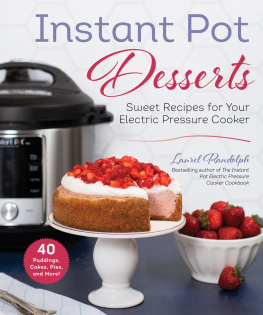
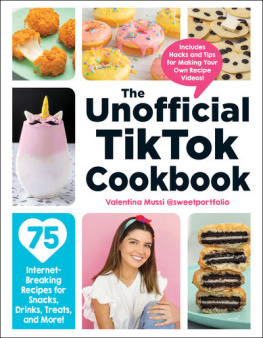
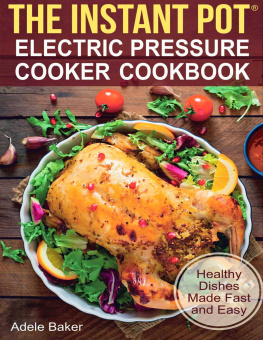
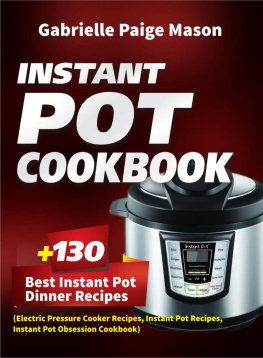

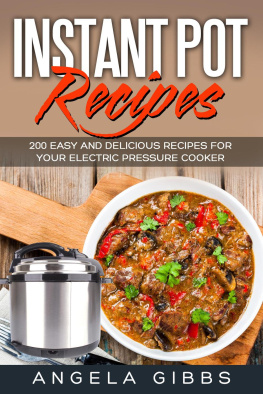
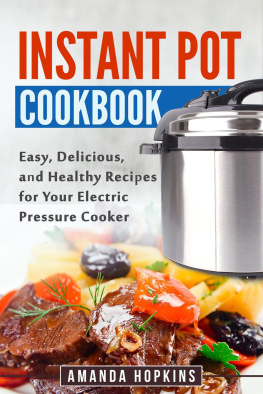

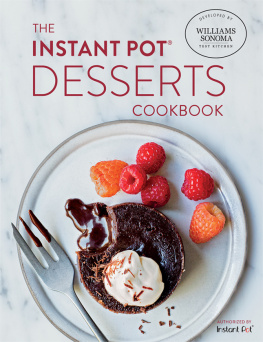
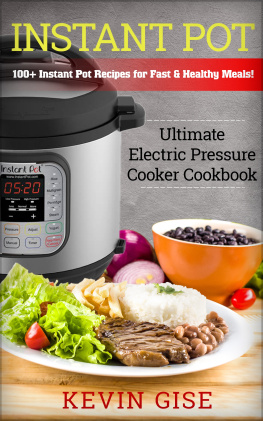
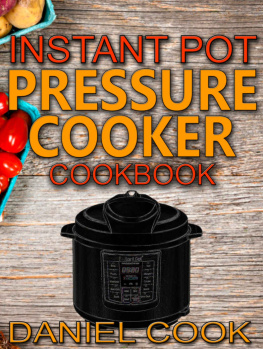



 Copyright 2020 Laurel Randolph Photographs 2020 by Rebecca Peloquin All rights reserved. No part of this book may be reproduced in any manner without the express written consent of the publisher, except in the case of brief excerpts in critical reviews or articles. All inquiries should be addressed to Good Books, 307 West 36th Street, 11th Floor, New York, NY 10018. Good Books books may be purchased in bulk at special discounts for sales promotion, corporate gifts, fund-raising, or educational purposes. Special editions can also be created to specifications. For details, contact the Special Sales Department, Good Books, 307 West 36th Street, 11th Floor, New York, NY 10018 or .
Copyright 2020 Laurel Randolph Photographs 2020 by Rebecca Peloquin All rights reserved. No part of this book may be reproduced in any manner without the express written consent of the publisher, except in the case of brief excerpts in critical reviews or articles. All inquiries should be addressed to Good Books, 307 West 36th Street, 11th Floor, New York, NY 10018. Good Books books may be purchased in bulk at special discounts for sales promotion, corporate gifts, fund-raising, or educational purposes. Special editions can also be created to specifications. For details, contact the Special Sales Department, Good Books, 307 West 36th Street, 11th Floor, New York, NY 10018 or . Contents Introduction Everyone knows the Instant Pot is fantastic at cranking out soups, whole grains, and tender meat, but what about desserts? Not only can the device make top-notch cheesecakes, but it can make a whole books worth of desserts. This book, in fact. From puddings to cakes to pies to cobblers, you can make all the included sweet treats in an electric pressure cooker with minimal extra equipment.
Contents Introduction Everyone knows the Instant Pot is fantastic at cranking out soups, whole grains, and tender meat, but what about desserts? Not only can the device make top-notch cheesecakes, but it can make a whole books worth of desserts. This book, in fact. From puddings to cakes to pies to cobblers, you can make all the included sweet treats in an electric pressure cooker with minimal extra equipment. Baking in an Instant Pot There are some aspects of baking in a pressure cooker unique to the device, some that are unique to steaming, and some that are universal to all baking. Measuring How you measure dry and wet ingredients can greatly impact the chemistry and, therefore, the texture and flavor of your final dessert. Measuring How you measure dry and wet ingredients can greatly impact the chemistry and, therefore, the texture and flavor of your final dessert.
Baking in an Instant Pot There are some aspects of baking in a pressure cooker unique to the device, some that are unique to steaming, and some that are universal to all baking. Measuring How you measure dry and wet ingredients can greatly impact the chemistry and, therefore, the texture and flavor of your final dessert. Measuring How you measure dry and wet ingredients can greatly impact the chemistry and, therefore, the texture and flavor of your final dessert.